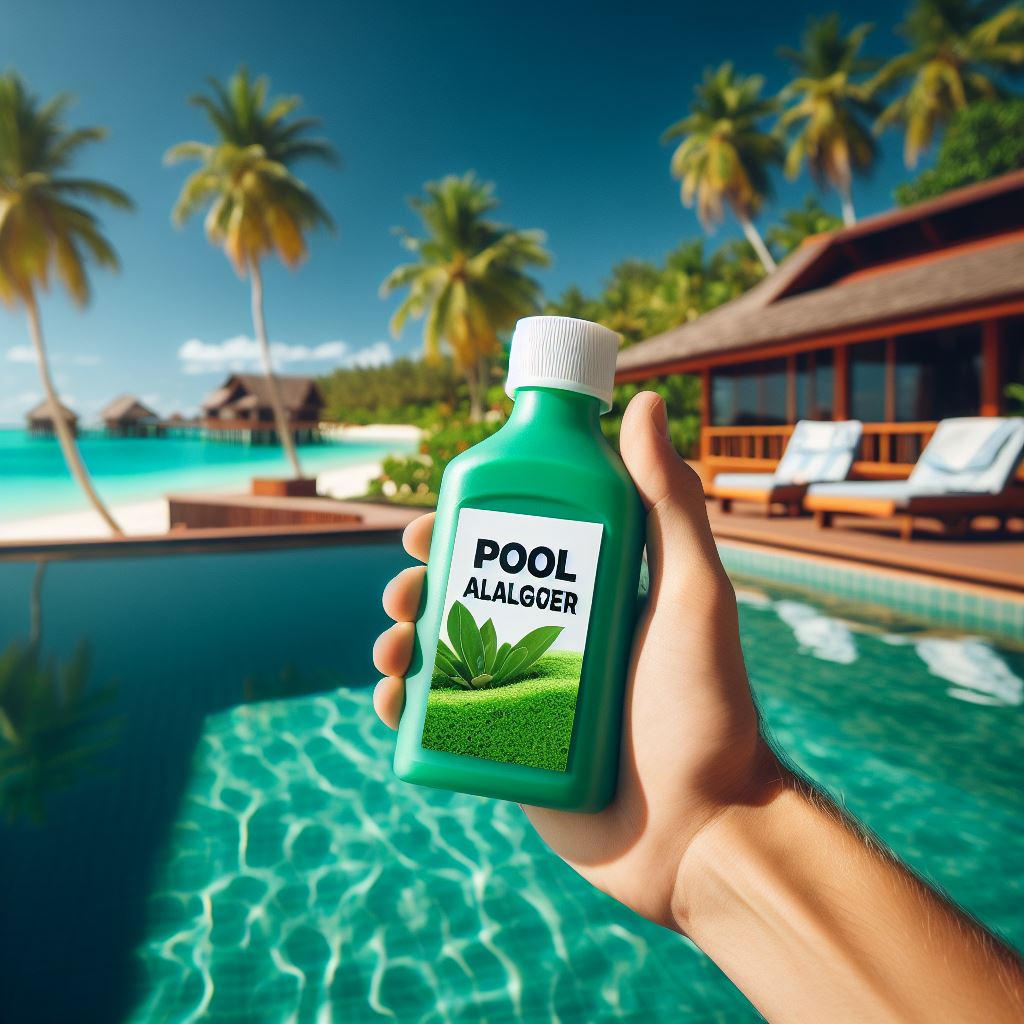Maintaining a pristine swimming pool often involves the use of various chemical treatments, with algaecides playing a crucial role in preventing and eliminating algae growth. However, the correct combination of pool algaecides with other chemical treatments is essential for effective water maintenance. In this comprehensive guide, we will explore the considerations and best practices for safely and efficiently combining pool algaecides with other chemical agents.

Understanding the Role of Algaecides
Algaecides are chemical formulations designed to combat algae growth in swimming pools. They work by disrupting the cellular structure of algae, preventing its development and spread. While algaecides are effective, their compatibility with other pool chemicals needs careful consideration.
Types of Algaecides
Before delving into combinations, it’s crucial to understand the types of algaecides available. There are copper-based, quaternary ammonium compounds (QACs), and polyquat algaecides. Each type has its specific properties and considerations when combining with other pool chemicals.
Compatibility Testing
Before mixing algaecides with other chemicals, it’s advisable to perform compatibility testing. Some chemicals may react adversely when combined, leading to reduced effectiveness or even hazardous reactions. Refer to product labels and consult with pool professionals to determine compatibility.
pH Levels and Alkalinity
Proper pH levels and alkalinity are fundamental for the effective action of algaecides. Algaecides tend to work optimally in a specific pH range. Regularly test and adjust the pH and alkalinity levels before introducing algaecides or any other chemicals to ensure maximum efficacy.
Chlorine Compatibility
Chlorine is a common pool sanitizer, and understanding its compatibility with algaecides is essential. Copper-based algaecides may react with chlorine, forming undesirable precipitates. It’s recommended to stagger the addition of these chemicals or choose non-reactive algaecides when using chlorine-based sanitizers.
Metal Sequestrants
If using copper-based algaecides, consider adding metal sequestrants to prevent staining caused by metal ions. Metal sequestrants bind with metals in the water, preventing them from reacting with pool surfaces. This is especially important in areas with hard water or high metal content.
Sequential Application
When combining different chemicals, it’s generally safer to apply them sequentially rather than simultaneously. Introduce one chemical, allow it to circulate and take effect, and then add the next chemical. This approach minimizes the risk of undesirable chemical reactions.
Professional Guidance
If uncertain about chemical combinations or encountering persistent water issues, seek professional guidance. Pool service professionals can conduct water analysis, recommend appropriate chemical treatments, and provide guidance on safe and effective combinations.
Regular Monitoring and Adjustment
Consistent monitoring of water parameters is essential when combining chemicals. Regularly test pH, alkalinity, and sanitizer levels, and adjust as needed. This proactive approach ensures that the pool water remains balanced and free from algae and other issues.
Manufacturer Recommendations
Always follow the manufacturer’s recommendations for each chemical product used. Manufacturers provide guidelines on application rates, compatibility, and safety precautions. Adhering to these guidelines is crucial for achieving the desired results without compromising safety.
Conclusion
Effectively maintaining a swimming pool involves a thoughtful approach to combining pool algaecides with other chemical treatments. By understanding the types of algaecides, conducting compatibility testing, adjusting pH levels, considering chlorine compatibility, and seeking professional guidance, pool owners can achieve a harmonious balance in chemical treatments. Regular monitoring, sequential application, and adherence to manufacturer recommendations ensure a safe and enjoyable swimming environment with crystal-clear water.

 Instant
Quote
Instant
Quote Email
Us
Email
Us